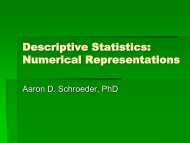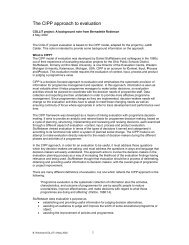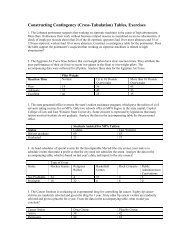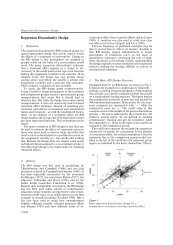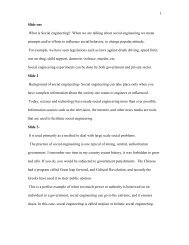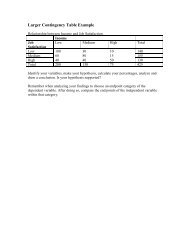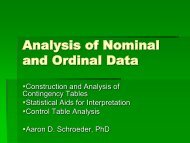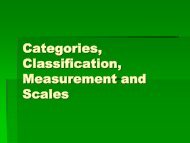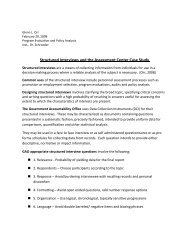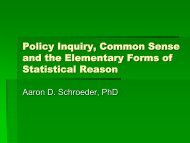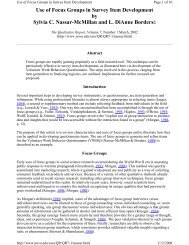The Problem
The Problem
The Problem
Create successful ePaper yourself
Turn your PDF publications into a flip-book with our unique Google optimized e-Paper software.
which aim to capture the richness of organizational life. And as noted above, these<br />
approaches increasingly rely upon qualitative methodologies in order to be applicable.<br />
What is a stakeholder?<br />
Freeman defines a stakeholder as “any group or individual who can affect or is affected<br />
by the achievement of an organization’s objectives” (Freeman, 1984: 46). While this<br />
definition may seem rather broad, it highlights one important fact; just about anybody can<br />
be a stakeholder. Table 1 gives a more exhaustive list definitions of stakeholders in the<br />
stakeholder theory literature.<br />
Within this literature, the definition that provides the most operational guidance for our<br />
purposes is provided by Mitchell, Agle, and Wood (1997), where classes of stakeholders<br />
are identified by their possession or attribution of one, two, or all three of the following<br />
attributes: (1) the stakeholder’s power to influence the firm or organization, (2) the<br />
legitimacy of the stakeholder’s relationship with the firm or organization, and (3) the<br />
urgency of the stakeholder’s claim on the firm or organization (854).<br />
VI. Stakeholder Analysis – <strong>The</strong> Method<br />
Mitchell, Agle, and Wood’s (1997) formulations of power, legitimacy, and urgency can<br />
be visualized in figure 3. In general, power can be defined simply as “the probability that<br />
one actor within a social relationship would be in a position to carry out his own will<br />
despite resistance,” or the ability of some actor A, to get another actor B to do something<br />
that B would otherwise not do” (p. 865). <strong>The</strong>y further distinguish power by dividing the<br />
various types of resources one uses to exercise that power: coercive power is based on<br />
physical restraint, violence or force; utilitarian power is based on the premise that<br />
material or financial resources can be used as a resource for power; and finally,<br />
normative power, which relies on some aspect of moral or symbolic resources to induce a<br />
particular outcome.<br />
13



